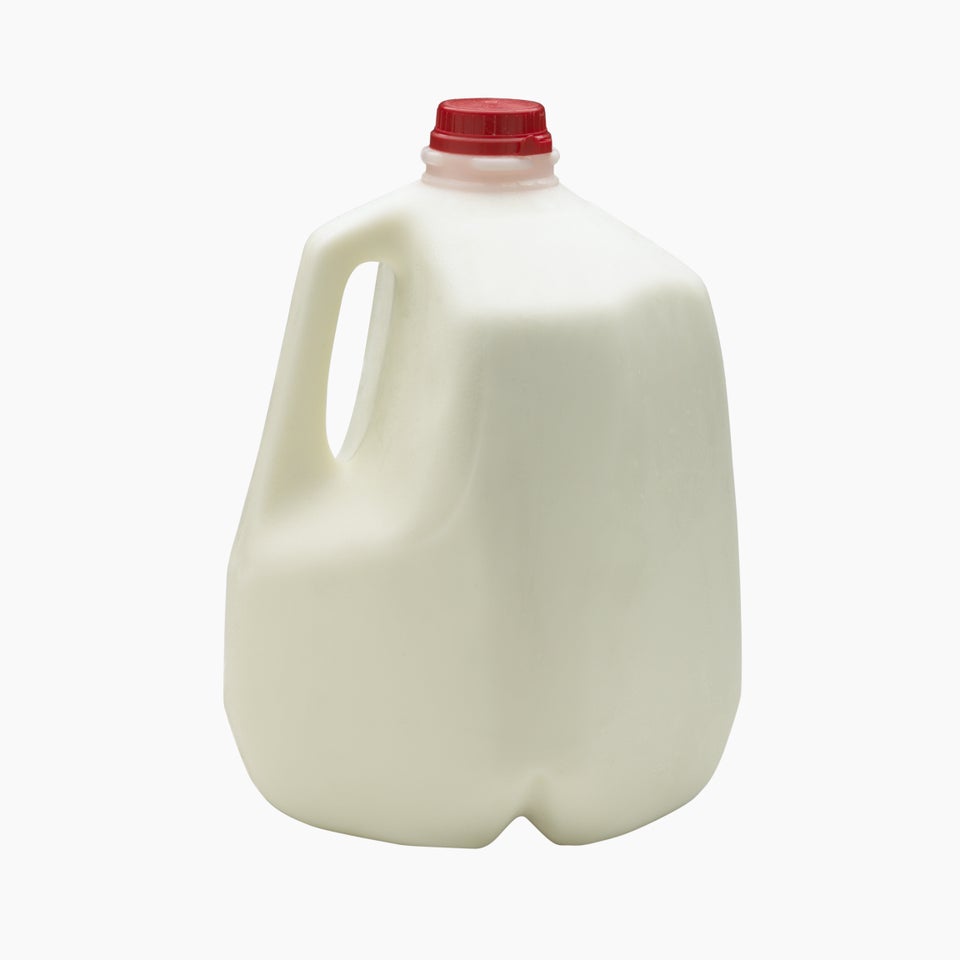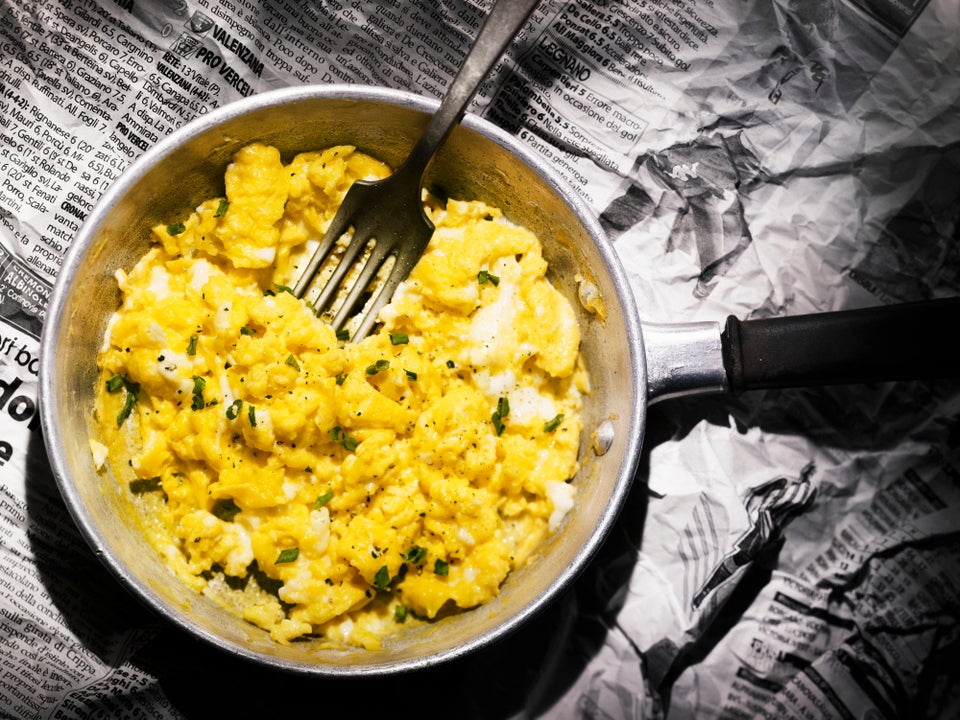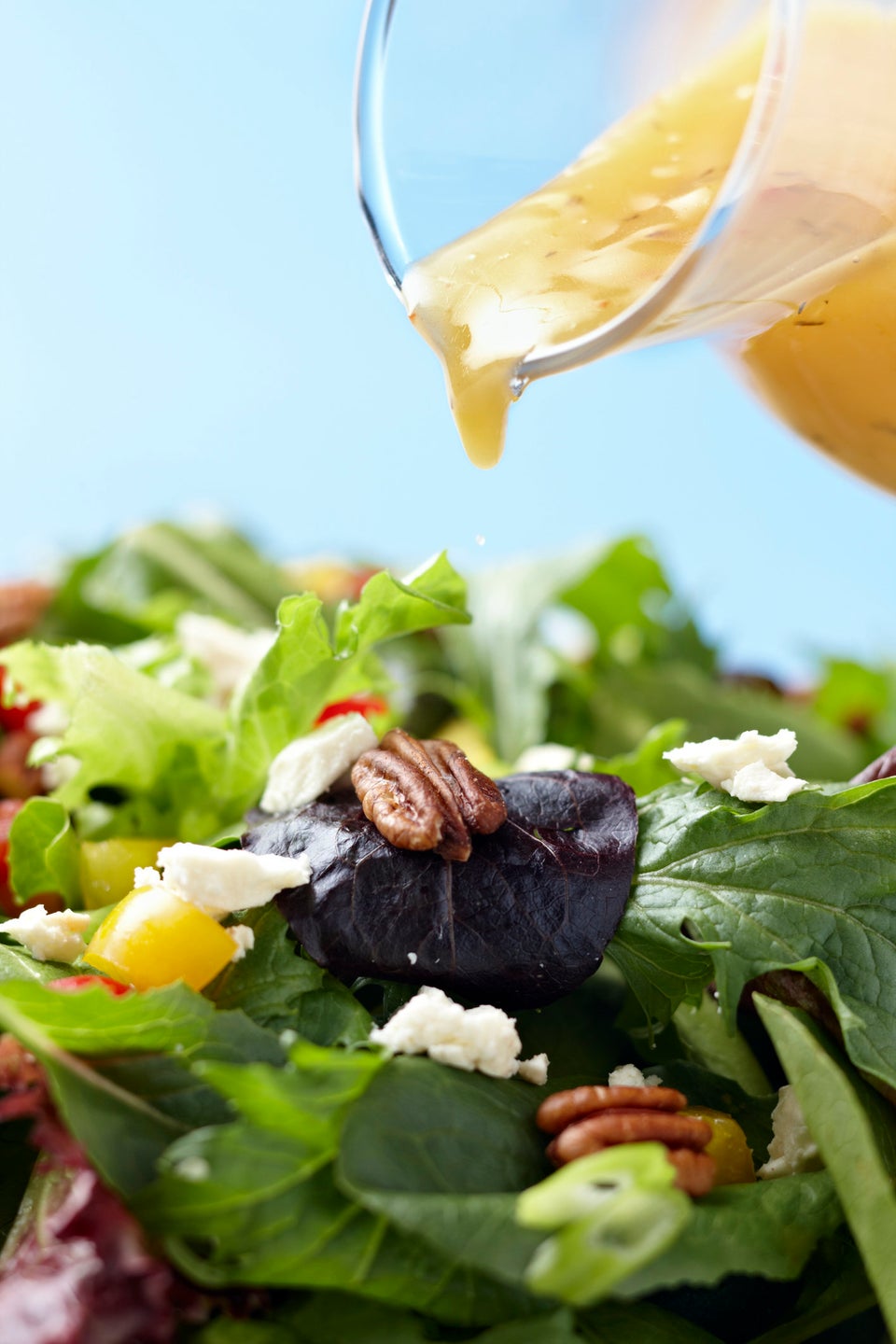Why you should cook with some packaged foods—and how a once maligned fat is staging a comeback.
Lynn Andriani
Old rule: Butter is evil.

Getty Images
New rule: Butter belongs in your kitchen. "Butter is back," declared food writer Mark Bittman in The New York Times earlier this year, citing new research showing there's no evidence to support the idea that saturated fat increases the risk of heart disease. Investigative journalist Nina Teicholz devotes an entire book to the subject in her just-released The Big Fat Surprise: Why Butter, Meat and Cheese Belong in a Healthy Diet. And Mitzi Dulan, RD, team nutritionist for the Kansas City Royals baseball team, says she uses butter at home for certain dishes—a grilled cheese sandwich is one—since studies show that saturated fat isn't as bad as we once thought. As we all know, moderation is key, but we no longer need to "demonize" the ingredient that has long been a favorite among chefs and home cooks alike.
Old rule: Focus on cooking foods found in the perimeter of the supermarket.

Getty Images
New rule: Explore the packaged-foods aisles. Dulan understands why healthy cooks mainly stick to the grocery-store areas that stock produce, dairy and lean proteins. But, she says, in doing so they overlook some great-for-you packaged foods, such as canned beans (their high-fiber content helps you feel fuller, faster), precooked microwaveable brown rice (which may lower your risk of diabetes) and packets of tuna and salmon (which are great sources of vitamin D).
Old rule: Avocados should only be considered an indulgent "good fat."

Getty Images
New rule: Avocados are the new bran. If Dulan's Pinterest boards are any indication (and she has more than 3 million followers), avocados are hot&—whenever she pins an image of one of these fruits, her repin rate skyrockets. Those pinners probably know about avocados' heart-healthy unsaturated fat, but may not have heard about their significant fiber content. A study by Loma Linda University found that avocados are a rich source of dietary fiber—which is one of the nutritional components linked to satiety. Participants who added half of an avocado to their lunch reported lower desire to eat (40 percent) over a three-hour period, compared to their desire to eat after a lunch without avocado.
Advertisement
Old rule: You can't freeze milk.

Getty Images
New rule: Frozen-milk cubes will change your morning. Thrifty cooks freeze everything from ginger to eggs—but milk is where many of them used to draw the line, since the dairy tends to separate when it thaws, and isn't ideal for drinking. But milk that's been frozen does not lose any of its nutritional value—which is why smoothie enthusiasts pour milk they know they may not finish before it goes bad into ice cube trays. Then, they pop a few blocks out and add them to a blender with fruit; the frozen milk keeps the smoothie cold and thickens it nicely.
Old rule: Prepare a bowl of granola for a healthy breakfast.

Getty Images
New rule: Make an egg scramble instead (and not just for the protein). You've probably heard that even whole-grain cereals can have hidden sugars, but we were shocked to learn that such a seemingly good-for-you food can have 5 teaspoons of sugar (and milk adds another 2). The American Heart Association recommends that women consume no more than about 6 teaspoons a day of added sugar, so you could be over the suggested amount before you even get to lunch. You're better off with a few over-easy eggs and turkey bacon, or scrambled eggs with broccoli florets. These options aremuch lower in sugar and have the added bonus of delivering protein, which will help keep you full longer.


